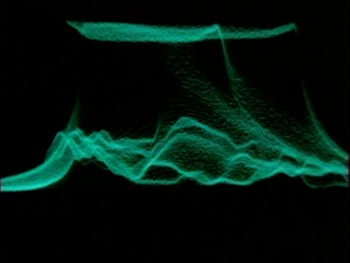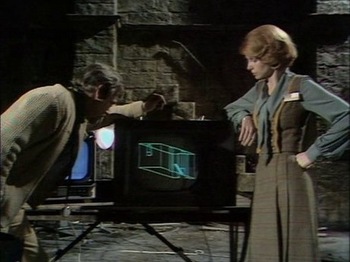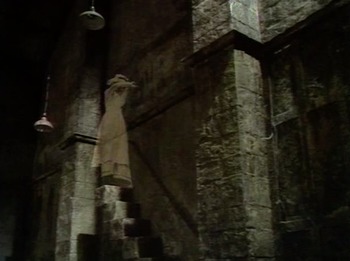Exhibition and publication
(in development)
Related screening:
Like slow breathing, it seemed to emanate from inside the walls
Situated at the intersection between human and non-human perception, recording technologies provide a durational though flawed frame for experiential events, mundane or otherwise. On rare occasions there are traces of an irrational sort hiding within the recording, emergences that move beyond perceptual limitations into the data stream, traces that point nowhere and everywhere at once. A recording can be a glimpse of the conceptually out of reach, an unnerving fracture, a witness. The Stone Tape Theory proposes ghosts are imprints recorded onto objects and human beings can perceive and read these imprints via energy exchanges precipitated by the natural electric fields that surround everything, living or not (Goodman, 2015). This theory assumes its name from the 1972 BBC teleplay The Stone Tape written by Nigel Kneale, which in turn has roots in the earlier writing of T.C. Lethbridge (Welbourn 2011, 296). Considering the recording in all its (im)material forms, with all its potential (both latent and actualized), the exhibition Stone Tapes seeks to engage with emergent absence and presence, the nebulous qualities of the sonic, (un)contained narratives, and that which can be termed ‘unhappened’ (Pitrolo 2014, 2). 

The Stone Tape, Nigel Kneale (writer) & Peter Sasdy (director), British Broadcasting Corporation (BBC), 1972.
